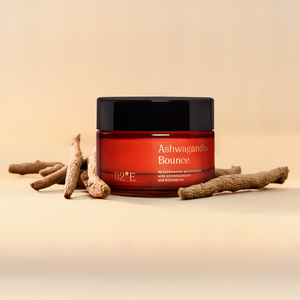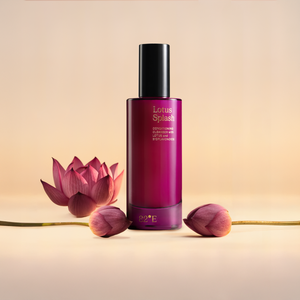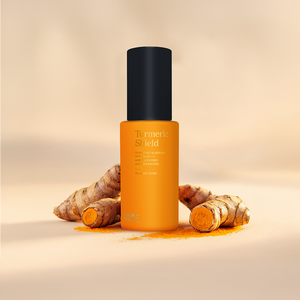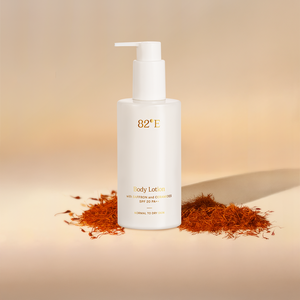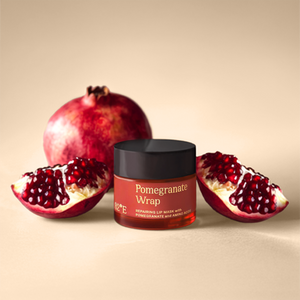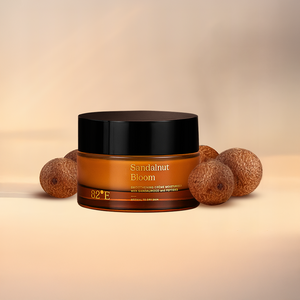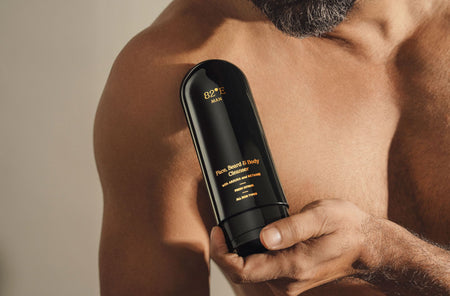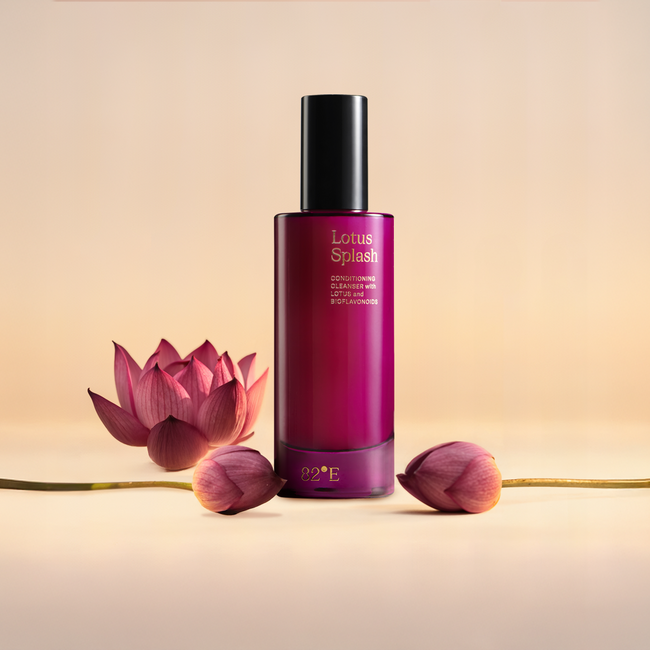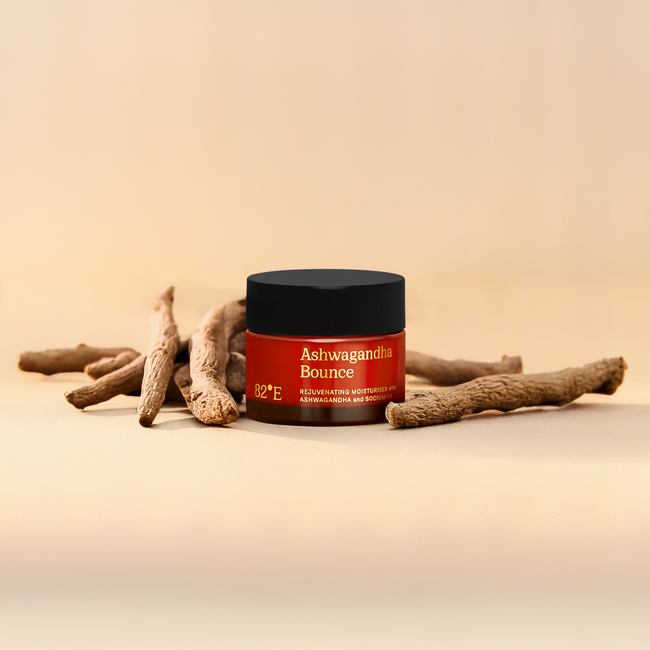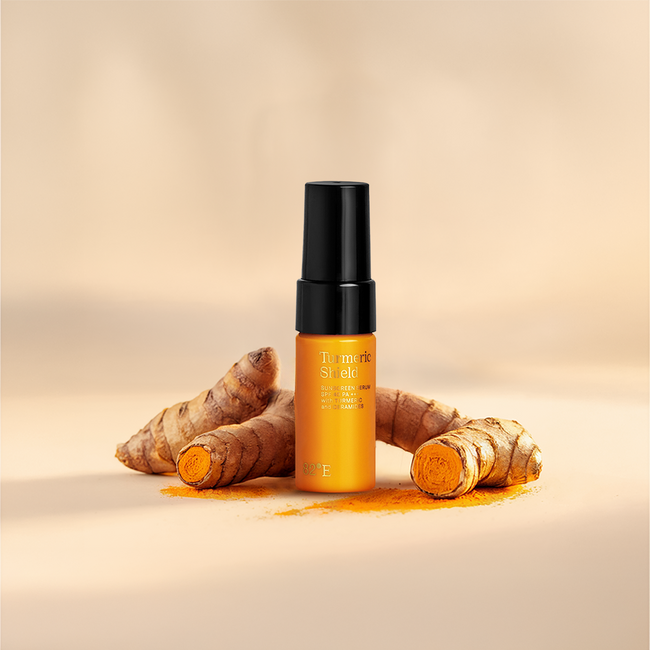
A nourishing skincare routine is an integral part of your self-care journey. It makes you feel relaxed and helps your skin glow. To find the right products for your daily AM and PM routines, you must first identify your skin type. It will help you find products that are tailored to your specific needs and leave your skin looking healthy.
Determine Your Skin Type
Make sure your face is thoroughly cleansed and free from any makeup or skincare products. Gently wash your face with a gentle cleanser and pat it dry with a clean towel. Don't apply any moisturizers, toners, or serums to your face. You want to assess your skin in its natural state. Let your skin rest for about an hour to allow your natural skin oils (sebum) to come to the surface.
Observe how your skin feels and looks in different areas of your face:
- Forehead: Check if your forehead feels oily, dry, or balanced. Oily skin may appear shiny and have visible pores. Dry skin may feel tight, flaky, or rough. Balanced skin should feel comfortable and not too oily or dry.
- Nose and Cheeks: Examine your nose and cheeks for the same characteristics. These areas are often used to identify combination skin. Combination skin may have an oily T-zone (forehead, nose, and chin) and drier cheeks.
- Chin: Assess your chin for the same characteristics as the other areas. Some people may have skin that is different from the rest of their face.
Lightly touch different areas of your face with clean fingertips. If your fingers come away with oil, you likely have oily skin. If your skin feels tight, it's likely dry. If it feels comfortable, you probably have normal or balanced skin.
If you still feel unsure, use blotting papers to further confirm your skin type. Gently press a blotting paper against different areas of your face. If it picks up excess oil, you likely have oily skin. You may have dry or normal skin if there's no or minimal oil on the paper.
Take note of any specific skin concerns you have, such as acne, redness, sensitivity, or signs of aging, as these can help guide your skincare choices. Based on your observations, you can determine your skin type as:
- Oily: If your skin appears shiny, especially in the T-zone, and feels oily to the touch.
- Dry: If your skin feels tight, flaky, or rough.
- Normal: If your skin feels comfortable and well-balanced.
- Combination: If you have different characteristics in different areas of your face (e.g., an oily T-zone and drier cheeks).
Keep in mind that your skin type can change over time due to factors like age, weather, and skincare products, so it's a good idea to reassess your skin periodically to adjust your skincare routine accordingly.
How to Build a Nourishing Dry Skin Care Routine
Building a skincare routine for dry skin involves selecting the right products and following a consistent regimen to keep your skin healthy and hydrated.
Step 1: Cleanse
Use a gentle, hydrating cleanser to clean your face. Avoid harsh, foaming cleansers that can strip your skin of its natural oils. Here's how to cleanse your dry skin properly:
- Wet your face and neck with water.
- Take a coin-sized amount of conditioning cleanser like Lotus Splash into the palm of your hand.
- Massage gently onto your face and neck using a circular motion for about 30 seconds.
- Rinse thoroughly.
- Pat your face dry with a clean, soft towel, and be careful not to rub or irritate your skin.
A hydrating toner or face mist can help prepare your skin for subsequent steps. Jasmine Breeze is a soothing and hydrating face mist, enriched with jasmine and peptides. It has a lightweight, water-like texture that hydrates and tones the skin, giving your skin a refreshed look.
Step 2: Hydrate
This step is crucial for dry skin to lock in moisture and prevent water loss.
- Serum: Apply a hydrating serum that contains ingredients like hyaluronic acid, glycerin, or ceramides. These ingredients help your skin retain moisture and improve its barrier function. Gently pat a small amount of the serum onto your face and neck. You can also combine two steps with our fast-absorbing toner serum, Gotu Kola Dew. Infused with the invigorating properties of gotu kola and niacinamide, its multitasking formulation is clinically proven to leave you with bright and clear skin. It is known to provide an instant boost of hydration and reduce the appearance of pores.
- Moisturiser: Choose a rich, emollient moisturiser like Ashwagandha Bounce that is specifically designed to keep your skin hydrated. Apart from the goodness of ashwagandha, this lightweight moisturiser has sodium hyaluronate, a powerful compound that is excellent in controlling the effects of dryness to give you balanced and dewy skin. It is also known to help strengthen the skin barrier, enhancing its ability to defend against external stressors and lock in moisture. Scoop out a coin-sized amount into the palm of your hand. Massage gently onto your face and neck in upward strokes.
Step 3: Sun Protection
Protecting your skin from the sun's harmful UV rays is essential, even if you have dry skin. UV rays can exacerbate dryness and lead to premature aging. Use a broad-spectrum sunscreen like Patchouli Glow with SPF 40 PA+++. This lightweight sunscreen is fortified with the protective shield of patchouli leaf extract and ceramides, and also hydrates and soothes the skin because of its oil-based formula. With a fast-absorbing formula that leaves no white cast, it can be easily applied and reapplied throughout the day.
What to Avoid if You Have Dry Skin
If you have dry skin, it's important to be mindful of your skincare and lifestyle choices to prevent exacerbating dryness and discomfort. Here are things to avoid if you have dry skin:
- Harsh Cleansers: Avoid using harsh foaming cleansers that strip your skin of its natural oils and further dehydrate it. Opt for gentle, hydrating cleansers.
- Hot Water: Prolonged exposure to hot water, whether while showering or washing your face, can be drying. Use lukewarm water instead, and avoid hot baths or showers.
- Over-exfoliating: Over-exfoliation can lead to skin irritation and worsen dryness. Limit exfoliation to once every two weeks and use natural scrubs instead of harsh ones.
- Fragranced and Alcohol-Based Products: Fragrances and alcohol can irritate dry skin. Look for products that work best for sensitive skin to be safe.
- Abrasive Towel Drying: Be gentle when drying your face and body. Pat your skin dry with a soft, clean towel rather than rubbing, which can irritate and further dry the skin.
- Avoiding Sunscreen: Sunscreen is essential for everyone, including those with dry skin. UV rays can lead to dryness, premature aging, and other skin issues. Choose a moisturising, broad-spectrum sunscreen and apply it daily.
- Skipping Moisturiser: Skipping moisturiser, especially in dry climates or during cold weather, can worsen dry skin. Make it a daily part of your routine, and use one that feels nourishing.
- Not Staying Hydrated: Drinking enough water is essential for maintaining skin hydration. Dehydration can exacerbate dry skin, so make sure you're staying adequately hydrated.
- Ignoring Your Diet: Your diet can affect your skin health. Foods rich in essential fatty acids (like Omega-3s) and antioxidants can support healthy skin. Include foods like nuts, fish, and avocados in your diet.
If your dry skin persists or worsens despite your efforts, consider consulting a dermatologist. They can provide tailored recommendations and may prescribe specific treatments or medications.
It's important to remember that everyone's skin is unique, and what works for one person may not work for another. Pay attention to how your skin responds to different products and habits, and be willing to adjust your skincare routine accordingly. Keep in mind that self-care is a journey that requires patience and perseverance. You need to try a routine for 2-3 weeks to see any significant changes.

